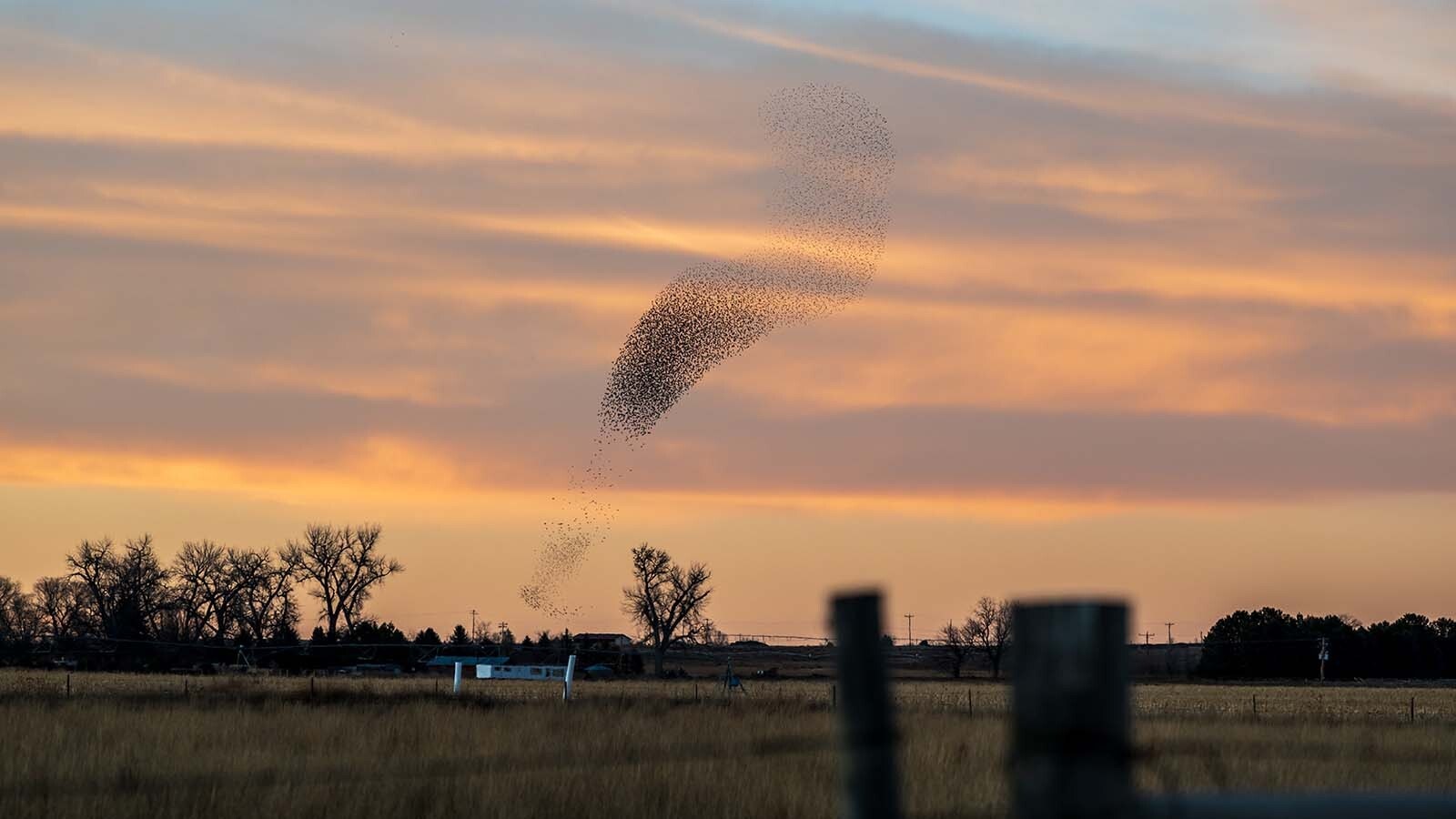It’s officially shed hunting season in Wyoming, but a recent incident in Montana should serve as a cautionary tale for everyone heading into the wilderness to find those coveted discarded antlers.
Anyone looking for elk and mule deer antlers may find themselves at the mercy of an angry grizzly.
That’s what happened last week when a Montana man killed a 300-pound female grizzly near Wolf Creek in central Montana while shed hunting. According to the Montana Fish, Wildlife and Parks, the man was shed hunting in the area when the grizzly charged him.
The U.S. Fish and Wildlife Service is investigating the incident; however, experienced shed hunters see it as another sign of the growing threat to people in grizzly country.
“I think their population is exploding,” said Josiah Baer, a shed hunter who lives in northwest Montana. “And they don't have a natural fear for humans they used to do.”
Will Charge With Cub
The official report from Montana Fish, Wildlife and Parks says the man was shed hunting with two dogs when he saw the female grizzly standing on a ridge 20 yards away. The bear then “dropped to all four legs and charged the man.”
The shed hunter wasn’t carrying bear spray, but did have a handgun. He fired five shots at the grizzly, grazing it with one and killing it with another.
The man was not hurt in the encounter. Later, Montana bear management specialists captured a single cub-of-the-year in the area, which was taken to the department’s wildlife rehabilitation center in Helena.
Encountering a grizzly in the wild can be dangerous enough, but females with cubs are especially aggressive.
Baer condoned the Montana shed hunter's response to the charging grizzly. He carries a firearm during his shed hunts as protection for just such a confrontation.
“I carry a 10 mm,” he said. “I know some guys carry pepper spray, but I feel like if you get in that situation, a handgun is my weapon of choice.”
More Bears, More Risk
Wyoming’s shed hunting season officially opened May 1. Dozens of people are combing through the wilderness in western Wyoming looking for antlers in areas where foraging grizzlies are also roaming.
Baer sees grizzly encounters as an increasing inevitability during shed-hunting seasons in Wyoming and Montana. For him, this reflects current bear management practices rather than shed hunter error.
“It's definitely a concern,” he said. “I think the long-term solution is to manage and hunt them. I don't know the exact statistics, but I’ve heard the Montana grizzly bear population is almost double what it was.”
Grizzlies remain a federally protected species under the Endangered Species Act. The U.S. Fish and Wildlife Service sought to remove protections in and around Yellowstone National Park in 2017, but they were restored in 2019 after a lawsuit in U.S. District Court.
Both Montana and Wyoming continue pushing for state management of grizzly populations. Baer believes the risk of grizzly attacks could be lowered through state-sanctioned management and hunting.
“I know Montana wants to open the management season, but it’s a federal issue at this point,” he said. “I think that until we slowly start managing them better, we're going to continue to have more attacks.”
Aggressive Or Protective?
Chuck Neal, a retired federal ecologist in Cody, was more critical of the Montana shed hunter’s actions.
In his experience, female grizzlies with cubs might move aggressively when encountered, but their intent is primarily defensive.
“In my experience, ‘aggressive’ and ‘attack’ are subjective terms,” he said. “Female grizzlies are particularly protective of new clubs, and they may react defensively. But it doesn't mean they're attacking. It’s a defensive move.”
Neal believes bear spray would have been a better option in that scenario. In his opinion, carrying and wielding a firearm during a grizzly encounter encourages a reactionary response that doesn’t reflect the real risk of a charging bear.
“That individual was not carrying any bear spray, but he was carrying a handgun,” he said. “He reached for the handgun when he felt threatened, and he may or may not have been threatened. If that individual had been carrying bear spray instead of a handgun, both the bear and the man would have come away without a scratch.”
Neal’s opinion comes from more than 50 years of studying wild grizzlies in and around Yellowstone National Park. In the many situations where he encountered a charging grizzly, standing still and holding his ground was enough to deter an attack.
“I've had numerous or close encounters with bears which have resulted in what most people call ‘bluff charges,'" he said. "I prefer not to use the term ‘bluff’ because the bluff depends on what you do, not what the bear does. But they never laid a claw on me.”
Not New Jersey
The official account from Montana Fish, Wildlife and Parks said the Montana shed hunter was walking with two dogs when he encountered the grizzly. Neal believes most Wyoming shed hunters are or should be better equipped during their antler outings, which reduces the chances of a threatening encounter.
“The potential is high for people on foot to run into a bear while antler hunting,” he said. “But I’d say a lot of people, probably even the majority of shed hunters in Shoshone National Forest, are on horseback with bear spray.”
Most shed hunters probably couldn’t rely on the calm clarity Neal employed during his grizzly encounters. However, he believes an informed mindset can prevent gruesome injury and potentially save lives in grizzly territory.
“It depends on how people react when they run into a bear,” Neal said. “Maybe they’re naïve enough to think there’s no danger at all, but they should be aware of the potential of a grizzly encounter. It’s not like we’re living in New Jersey.”
Andrew Rossi can be reached at arossi@cowboystatedaily.com.





